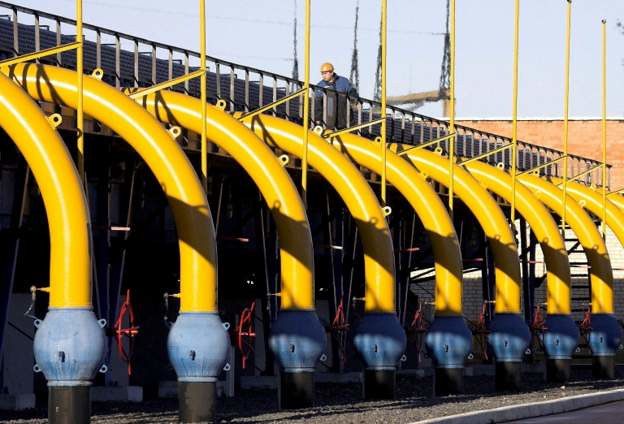FOCUS on the Global Energy Crisis: The United States
Meg Gawron
Editor-in-Chief
The ongoing energy crisis that started in Europe has rapidly reverberated across the globe, and the United States is not immune from its influences. However, while Energy Wire reports on Americans deep rooted concerns over gas prices and the domestic political impact it may have, U.S. oil production means the country is more involved in the crisis than some assume.
The U.S. produces the most oil and gas in the world, the Center for Strategic and International Studies (CSIS) reports, making the country a key partner as Europe struggles through the crisis. After cutting off Russian oil due to the war in Ukraine, the European Union started looking for ways to diversify their imports of liquefied natural gas (LNG) and crude oil. To achieve this end, U.S. President Joe Biden and European Commission President Ursula von der Leyen formed the U.S.-EU Energy Security Task Force.
The task force has already started working. Bloomberg emphasizes that U.S. crude oil exports are the highest they have ever been, hitting 5 million barrels a day in August. For perspective, five years ago the U.S. only exported 1 million barrels a day. While exports are only expected to increase by 2023, U.S. refining capacity remains at the same level. The Wall Street Journal indicates this has led to a 34 percent increase in crude oil prices, 32 percent increase in gas prices, and a 117 percent increase in natural gas prices since December 2021.
America is attempting to solve Europe’s energy crisis; the cost of which runs deeper than increasing prices. NBC reports that over 525,000 families in California were warned by their utility companies of rolling blackouts if energy is not better conserved. While most Americans have yet to feel the worst effects of it, the United States is running out of energy. The heat in California generated the most concern in August, but, just as in Europe, the need for more energy in the coming winter is the source of future concerns.
The United Nations Conference on Trade and Development encourages countries to shift to renewable energy and take measures to mitigate the crisis. The U.S. has already started this shift, with Energy Wire explaining that U.S. experts believe the increase in oil production will not have an impact on renewable energy progress. Yet, Bloomberg indicates it may not be that simple. In addition to increasing its own production, the U.S. has encouraged the Organization of Petroleum Exporting Countries (OPEC) to increase overall oil production.
Actions by the U.S. and OPEC have disrupted the African oil market, which originally provided a larger portion of European and Asian gas. Bloomberg continues that European refiners view oil coming from OPEC as more stable than the oil imported from West Africa, which has recently suffered from political disruptions. Once this crisis ends, the security Europe gets from OPEC gas is unlikely to wane—indicating a long-term danger to the African oil market.
Despite all of the actions being taken by the U.S., Axios concludes that the U.S. alone cannot fix the European energy crisis. The U.S. is producing the maximum amount of LNG it can, but the European Union is not currently equipped to accept it. The next three months are going to be difficult between an increased energy demand and the lack of available energy infrastructure. CSIS emphasized that the plans for the EU to keep up energy supplies are ambitious, and it is unclear how well the United States is equipped to help with the country’s own dwindling supplies.
While the U.S. is presenting itself as able to aid the EU, the energy crisis is tightening in America too. As the U.S. and Europe try to handle this crisis in the short term, governments must remain cognizant of the long-term effects.



